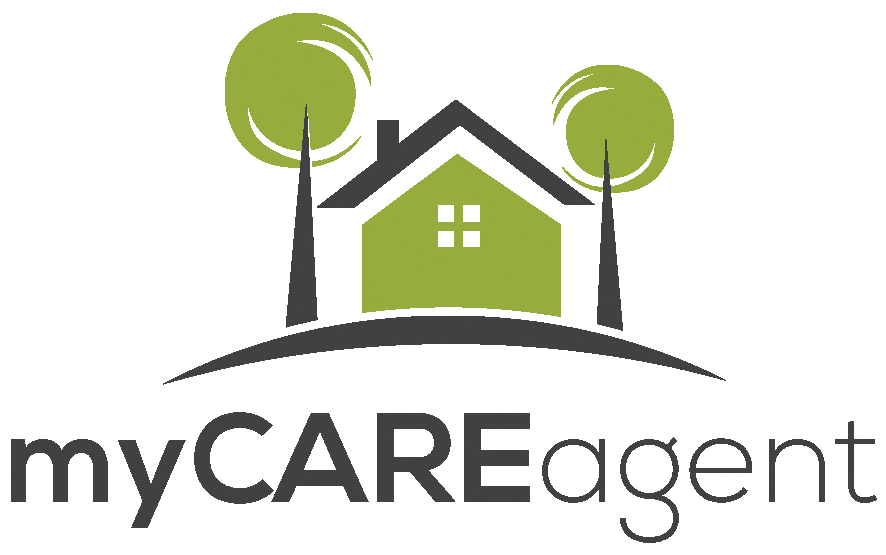
It just got a little harder to get an FHA loan as the Federal Housing Administration tightens eligibility requirements.
FHA mortgages account for nearly 1 in 4 mortgage loans nationwide. FHA loans are attractive to borrowers for the low 3.5% down payment, and attractive to lenders as payment is insured by the Federal Housing Administration.
But borrowers are finding it more difficult to qualify for an FHA loan after the Federal Housing Administration recently changed its mortgage guidelines, affecting how lenders underwrite and approve FHA-insured loans. In particular, the FHA has tightened its income verification for self-employed and part-time workers, and has changed the way it treats certain debts, including student debt, loans, and credit card balances.
What Is The FHA?
The Federal Housing Administration is a mortgage insurer, not a mortgage lender. Mortgages can be insured by the FHA is they meet the FHA Mortgage Guidelines, which establish minimum standards for a borrower’s income, assets, credit score, and home appraisal value, to name a few.
Why Get An FHA Loan?
The most attractive feature of the FHA loan for homebuyers is the 3.5% down payment. Since mid-2014, FHA mortgage rates have averaged close to 15 basis points (0.15%) less than rates for comparable conventional loans via Fannie Mae or Freddie Mac. For borrowers with average or below-average credit, FHA mortgages can be a long-term win.
FHA also offers refinancing loans via the FHA Streamline Refinance Program, which does not require a home appraisal or a re-verification of income, assets, or credit.
FHA Property Guidelines
To qualify for an FHA loan, the purchase property must be designated as your primary residence, and must not have more than 4 units. Condos and town homes are generally accepted.
New FHA Guidelines
Below are some of the new eligibility restrictions that are currently in effect to qualify for an FHA loan.
Student Loans
Formerly : Loans in deferment for at least 12 more monthly did not count towards a borrower's debt-to-income (DTI) ratio
Now : All loans in deferment apply toward a borrower's debt-to-income. The corresponding payment is 2% of the outstanding balance, unless a specific payment can be documented.
Example: With $25,000 in student loans, the FHA assumes a monthly payment of $500.
Credit Cards
Formerly : "Authorized" users of a credit card had no responsibility to make monthly payments. Payments did not count toward a borrower's debt-to-income (DTI) ratio.
Now : Authorized users of a credit card must include the card's monthly minimum payment in their DTI unless it can be shown with canceled checks that the last 12 payments have been made by the credit card's primary owner.
Installment Loans / Car Loans
Formerly : Installment loans with 10 or fewer payments remaining was not included in a borrower's DTI.
Now : For installment loans with 10 or fewer payments, only the portion of the payment which exceeds 5% of a borrower's monthly income must be included in the DTI calculation.
Example: A $500 car payment against $8,000 of monthly income would require $100 to be used in the DTI (5% of $8,000 = $400).
Self-Employed Borrowers
Formerly : In order to use self-employment income on a mortgage application, a borrower was required to show 2 years of work history, which could include time spent in "Training and Education"
Now : In order to use self-employment income on a mortgage application, borrowers must show two years of actual work experience. For self-employment in the same line of work as your previous job, 1 year of work experience may be considered. Tax returns are required.
Overtime Income
Formerly : In order to use overtime income on a mortgage application, borrowers were not required to prove a history of earning such income.
Now : In order to use overtime income on a mortgage application, borrowers must show a two-year history of earning such income. Employer verification may be required.
Part-Time Income
Formerly : In order to use part-time income on a mortgage application, borrowers were not required to prove a history of earning such income.
Now : In order to use part-time income on a mortgage application, borrowers must show a two-year history of uninterrupted part-time income.
Gift Funds
Formerly : Documentation requirements for gift funds were sometimes waived, at the discretion of the underwriter.
Now : Gift funds for downpayment on a home — in addition to "large deposits" into a bank account — must be detailed, sourced, and documented for a mortgage underwriter.





3 Responses
I find it hard to believe that these rules weren’t in place already! It clearly reflects the NINA applicants from the 2008 era o mortgages. No Income, No Assets. But in 2008 a NINA applicant could STILL could get huge mortgages. Now the FHA is saying you must fully state ALL the debt you carry AND you have to prove via paperwork and third-party verification that you have what you say you have. Commonsense to me.
Like!! I blog quite often and I genuinely thank you for your information. The article has truly peaked my interest.
Glad you found it helpful! Thank you for commenting.